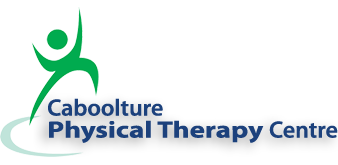What is Osteoarthritis?
Osteoarthritis is the most common chronic condition of the joints. It occurs when the flexible protective connective tissue (cartilage) begins to wear down or deteriorate overtime. This means that there is reduction in the joints ability to create smooth fluid motion. Along with these changes there is often deterioration in the bone itself and the other connective tissues around the joint leading to inflammation.
Most commonly, arthritis affects the knees, hips, hands and spine, however it can occur in any joint of the body.
There are 4 stages of osteoarthritis with each stage progressively worsening in severity and symptoms.
Common symptoms of osteoarthritis:
- Pain with some movements
- Sore to touch at the site or around
- Feeling stiff in the morning or extended periods of inactivity
- Reduced flexibility (movement)
- Feelings popping, cracking or grating with the joint
- Bone spur growth in the area (little bony outgrowths)
- Inflammation at the site causing heat and swelling.
Common risk factor for osteoarthritis:
- Increased risk with age
- More commonly seen in women
- Metabolic effects of obesity as well as increased stress applied to the joint
- Other metabolic diseases such as diabetes
- Genetic predisposition
- Bony deformities
- Injury or overuse of a joint through accident or sport
How can I manage Osteoarthritis?
- Medications which are often used to relieve pain, prescription and over the counter
- Physical therapy targeted at improving flexibility and strength around the joint. A Physiotherapist or Exercise Physiologist can help with this.
- Increasing physical activity
- Supportive devices that reduce stress on the joint.
- Applying heat and cold to the area to relax the muscles and relieve swelling and pain.
- Surgery is usually a last resort.
How can we help you?
Physiotherapy plays an important role in the management of Osteoarthritis. It is instrumental in teaching individuals to properly use their joints and how to exercise correctly. More importantly, a Physiotherapist can help you to understand what happens to your joints and muscles when you have arthritis. Better understanding your osteoarthritis, will help you to better manage its effects.
Osteoarthritis destroys cartilage, the special tissue that cushions our joints. Exercise increases the lubrication to the cartilage of the joint, thus reducing pain, stiffness and other symptoms of osteoarthritis.
Low impact exercise such as walking, swimming, cycling, yoga or Thai Chi can help to improve the strength and endurance around the affected joints. Our Exercise Physiology team can assist you with this.
Our allied health team will work together to help you on your path to a healthy and pain free lifestyle.
